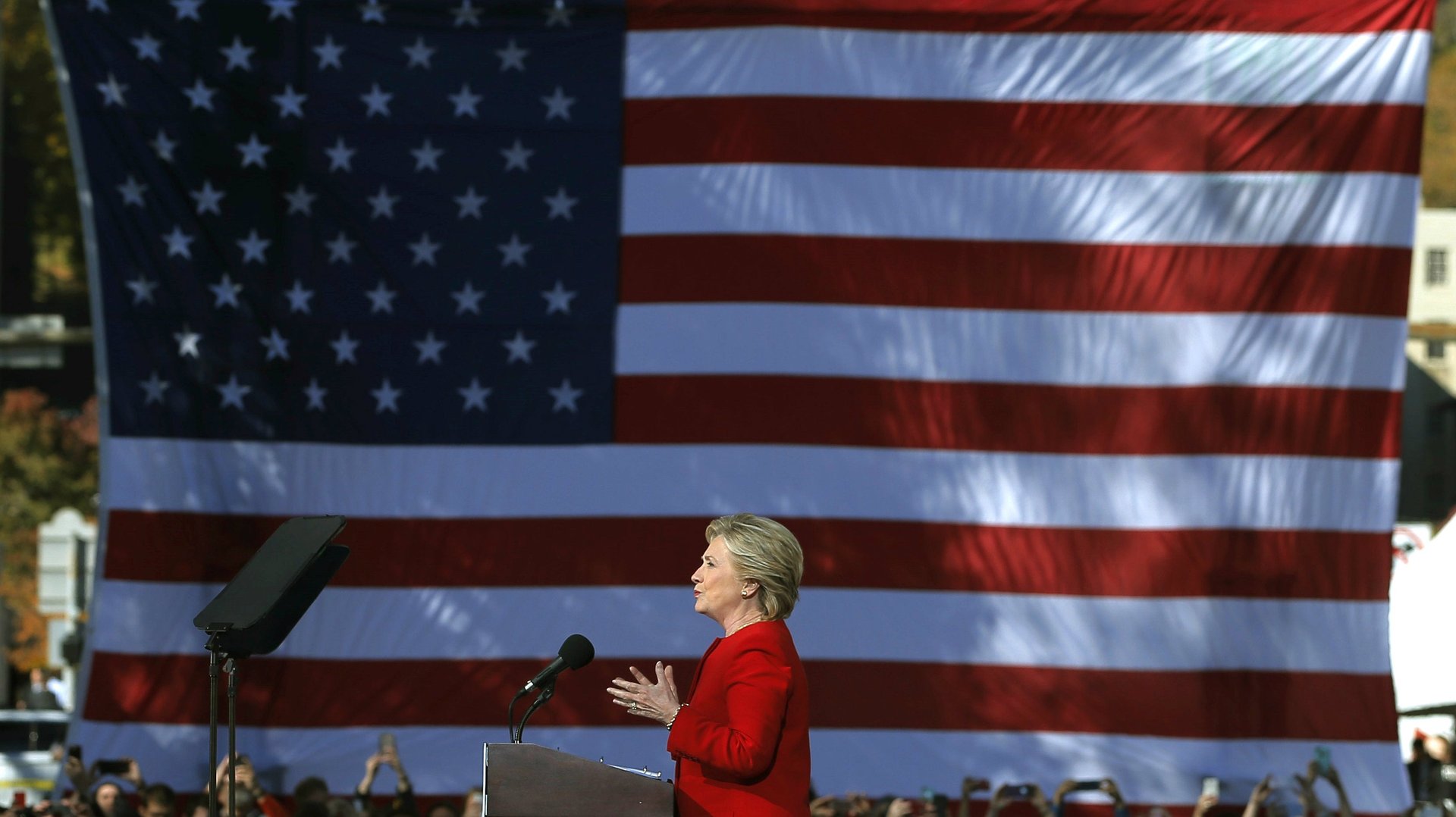A final economic health check in the most important swing states
Elections are about the economy, or at least they used to be. After the last US presidential election, in 2012, about two-thirds of Americans said economic issues were the nation’s most important problem. That figure has now dropped to 33%, according to Gallup.


Elections are about the economy, or at least they used to be. After the last US presidential election, in 2012, about two-thirds of Americans said economic issues were the nation’s most important problem. That figure has now dropped to 33%, according to Gallup.
Instead, issues like immigration, race relations, and dissatisfaction with government appear to rank higher on Americans’ list of concerns. This is reflected in big differences between the signals sent by the economic health of some states and its voter intentions according to opinion polls. These are the states where the outcome of the vote may be particularly uncertain.
We compared four economic indicators in swing states to assess how they’ve fared economically in recent years, categorizing each according to whether more of the data suggest it should lean red (Republican) or blue (Democrat).
The indicators
- GDP growth since the last presidential election. States with faster economic growth than the national average may be predisposed to the status quo—that is, the Democrats. States with lower relative growth may be drawn to Trump’s promise to use his business acumen to create more jobs.
- Personal income growth since the last election. Same theory as GDP.
- The latest unemployment rate. States with a lower jobless rate than the national average may feel more comfortable sticking with a Democratic president. Where work is harder to come by, Trump’s pledge to “bring back so many jobs” to America may appeal more.
- Change in foreign-born population over the past 15 years. One of the lessons of the UK’s vote for Brexit was that the change in the migrant population of an area was more telling than the outright number of immigrants in a place. Trump’s hardline stance on immigration (not unlike the pro-Brexit camp) may prove attractive in states that have experienced a big influx of migrants.
Economically leaning Democratic
Economically leaning Republican
Toss-ups
(Sources: Bureau of Economic Analysis, Migration Policy Institute, New York Times)